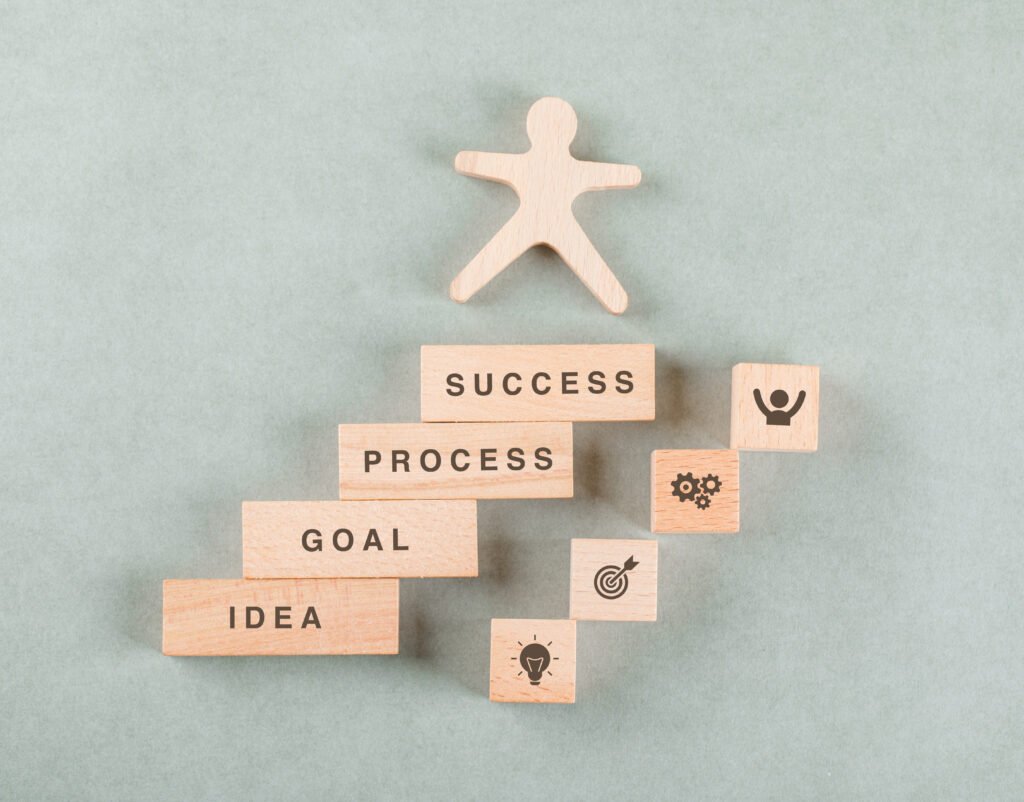Now Reading: The Power of Gratitude: 4 Simple Habits That Change Everything
-
01
The Power of Gratitude: 4 Simple Habits That Change Everything
The Power of Gratitude: 4 Simple Habits That Change Everything

How Practicing Thankfulness Can Improve Your Life
In a world filled with distractions, challenges, and constant pressure to achieve more, it’s easy to overlook the simple yet powerful practice of gratitude. Gratefulness is more than just saying “thank you.” It’s a mindset—an intentional focus on what’s good in your life and appreciating it fully. And this small habit can create big changes.
From improving emotional well-being to strengthening relationships, gratitude has been studied by psychologists, spiritual teachers, and wellness experts as a key to a happier, healthier life.
What Is Gratitude?
Gratitude is the practice of recognizing and appreciating the positive aspects of life—both big and small. Whether it’s a warm cup of tea, a kind gesture, or the love of family, noticing these blessings nurtures inner peace and connection.
Mental Health Benefits of Gratitude
Studies have shown that people who regularly practice Thankfulness experience:
- Reduced levels of stress and depression
- Increased happiness and optimism
- Improved sleep quality
- Greater emotional resilience
- Lower blood pressure and better heart health
Gratified feeling rewires your brain to focus on the positive, promoting a healthier mental outlook.
Gratitude and Relationships
Expressing Gratefulness doesn’t just benefit you—it also strengthens bonds with others. Saying thank you or writing a note of appreciation can deepen trust, improve communication, and create a cycle of kindness.
Simple Ways to Practice Gratitude Daily
- Gratitude Journal – Write down 3 things you’re thankful for each day.
- Verbal Acknowledgment – Say thank you sincerely to others.
- Mindful Moments – Pause and mentally note things you appreciate.
- Letters of Thanks – Write a note to someone who made a difference in your life.
- Gratitude Jar – Add one note a day with something you’re thankful for.
Practicing Sense of thankfulness doesn’t require a perfect life—it just requires a shift in perspective. By noticing and appreciating what you already have, you’ll naturally invite more peace, connection, and joy into your everyday experiences. Start small, stay consistent, and see how Thankfulness transforms your outlook.
Gratitude Isn’t Just a Feeling — It’s a Way of Life
We often think of gratitude as saying “thank you” when someone does something kind. But true gratitude goes much deeper. It’s a mindset — a conscious choice to focus on what’s going right, even when life isn’t perfect. And this shift in focus can be incredibly powerful.
Gratitude helps us reframe challenges, build stronger relationships, and become more resilient in everyday life. It doesn’t mean ignoring pain or pretending everything’s fine — it means choosing to see the good, even in difficult times.
How Gratitude Changed the Way I View Life
To be honest, I used to struggle with negative thinking. My mind often focused on what I lacked — whether it was time, money, or recognition. But when I started writing down three things I was thankful for every day, something slowly shifted. I began noticing the small joys: the warmth of my tea, a kind message from a friend, or even a peaceful moment during a busy day.
This simple habit didn’t solve all my problems, but it changed how I experienced them. I became more patient, more hopeful, and much more connected to the present moment.
Science-Backed Benefits of Practicing Gratitude
Thankfulness isn’t just a “feel-good” idea — it’s backed by real science. Studies have shown that people who regularly practice gratitude experience:
- Improved mental health: Lower levels of depression and anxiety
- Better sleep: Thankfulness helps calm your mind and reduce overthinking at night
- Stronger immune systems: A positive mindset supports overall physical health
- Enhanced relationships: Saying “thank you” more often leads to deeper bonds
- Increased happiness: Thankfulness helps release dopamine and serotonin, the “feel-good” chemicals in the brain
In short, being thankful helps you live better and feel better, inside and out.
Simple Ways to Practice Gratitude Daily
You don’t need fancy journals or long meditation sessions. Gratefulness can fit into your daily routine in easy, meaningful ways:
1. Gratitude Journaling
Spend five minutes a day writing down 3–5 things you’re grateful for. They can be big (a promotion) or small (a delicious meal). Over time, this rewires your brain to focus more on the positive.
2. Say It Out Loud
If someone does something kind — tell them. Expressing appreciation strengthens relationships and boosts both your mood and theirs.
3. Gratitude Jar
Write down moments of Gratefulness on slips of paper and keep them in a jar. On hard days, pull a few out and remind yourself of the good.
4. Pause and Reflect
Before bed or after waking up, pause for a moment and silently reflect on what you’re thankful for that day.
Bringing Gratitude into Your Relationships and Work Life
Gratitude can be especially powerful in relationships. Appreciating your partner, friends, or coworkers builds trust and warmth. A simple “thank you for listening” or “I really appreciate your help” can make someone’s day — and strengthen your connection with them.
At work, Gratefulness can shift team culture. Acknowledging effort, sharing positive feedback, or celebrating small wins encourages motivation and unity.
Gratitude is a Gift You Give Yourself
Gratitude isn’t about being blindly optimistic. It’s about acknowledging what’s good, even when life is messy. It reminds us that while we may not have everything we want, we likely have more than we realize — love, support, opportunity, and even breath in our lungs.
It’s a quiet, daily practice — and one that can transform your perspective over time. Try it for a week. Then a month. You might be surprised how much brighter the world looks when you view it through the lens of thankfulness.















